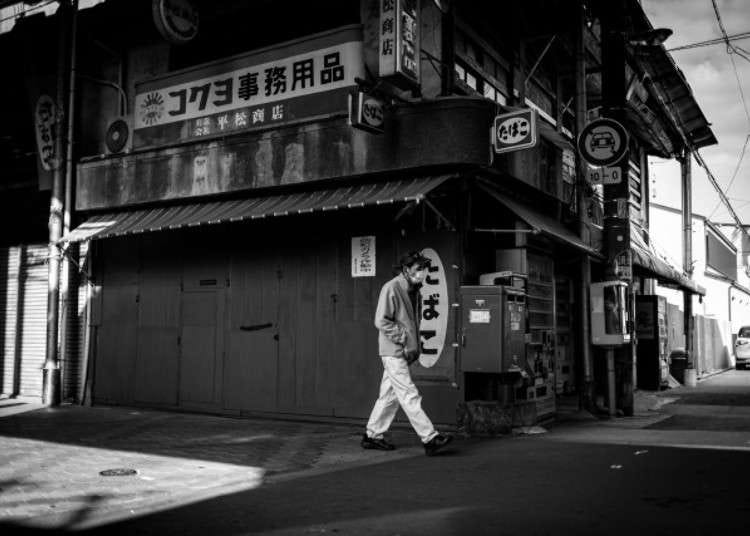
The “Harlem of Japan” may be losing the very thing that made it so popular in the first place.
While there are many amazing places to explore away from Japan’s main cities, for a lot of overseas visitors to Japan the itinerary stays on the well-worn route between Tokyo, Kyoto, and Osaka.
With so many tourists staying in the heart of these cities, accommodation close to tourist hotspots can be expensive and hard to find, leading some travellers to seek out cheaper options outside of the usual travel-guide-recommended areas.
In Osaka, that’s led to an influx of foreign visitors staying in the Nishinari neighbourhood, located in the city’s Airin district. For decades, this area has been described as a slum, with high rates of homelessness and crime, and records of riots amongst day labourers dating back to the ’60s.
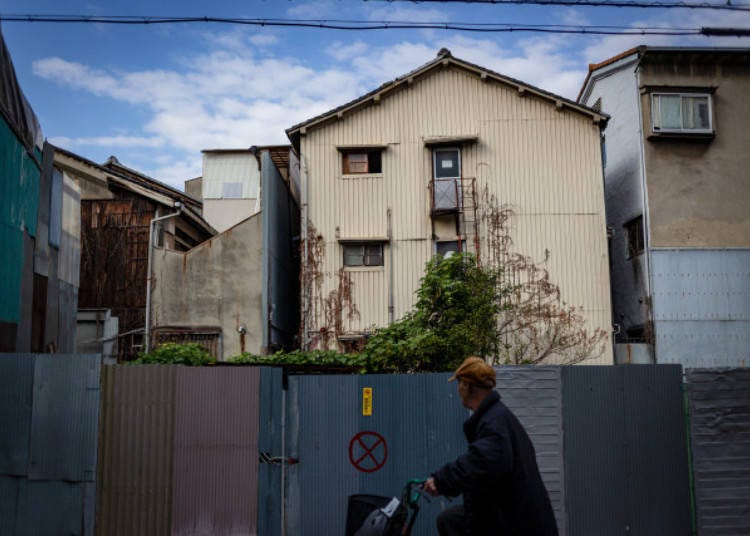
While this would be enough to scare off most travellers, for a growing number of foreign tourists it’s all part of Nishinari’s charm, giving them the chance to experience a different side to Japan’s famously clean, polite and safe society while allowing them to save a pretty yen in the process.
According to a recent account from a Japanese reporter in the neighbourhood, the once-dilapidated, graffiti-ridden shuttered-up storefronts now shine in bright colours, with designs painted by local street artists. Tourists now stop to take Insta-worthy photos of themselves in front of the shutters, while commenting on the “cool” vibe of the area.
One visiting tourist in his twenties from the United States explained that the appeal of the area for him lies in its similarity to New York’s Harlem district. Unlike Harlem though, he says there’s no immediate fear of gun violence due to Japan’s strict firearms laws, and while many people can be seen sleeping on the street, they’re mostly older men.
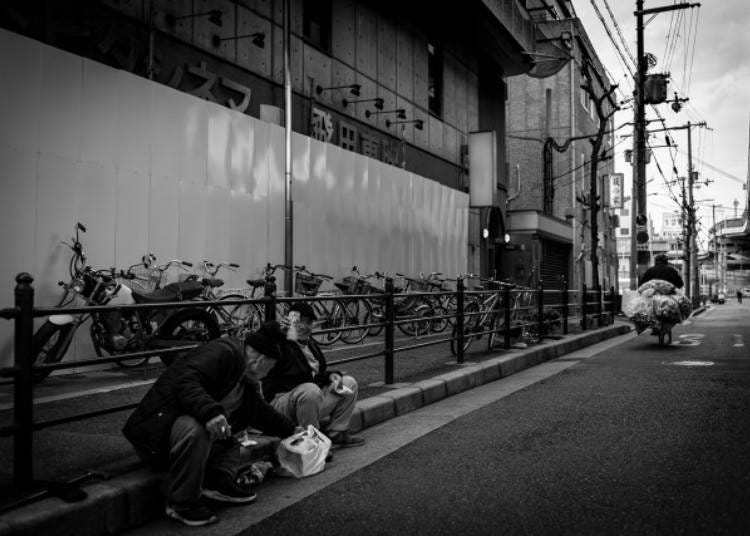
With its checkered history and rough, run-down reputation, the appeal of Nishinari as a tourist spot is a surprise to many in Japan, eliciting comments like:
“It sounds like the ramshackle neighbourhood and its homeless population have become a theme park attraction.”
“Does this mean Nishinari will be marketed as ‘Cool Japan‘ now?”
“Maybe they’ll market the area as ‘the world’s safest slum’.”
“The only reason the place has become popular is because it’s not as sketchy and dangerous as it once used to be.”
As the last riot in the area occurred in 2008, it’s true that Nishinari is now breaking free from the shackles of its notorious past. Over the last decade, revitalisation projects run by the city of Osaka have helped to clean up the neighbourhood and support those doing it tough, resulting in a decreased number of day workers and homeless people in the area.
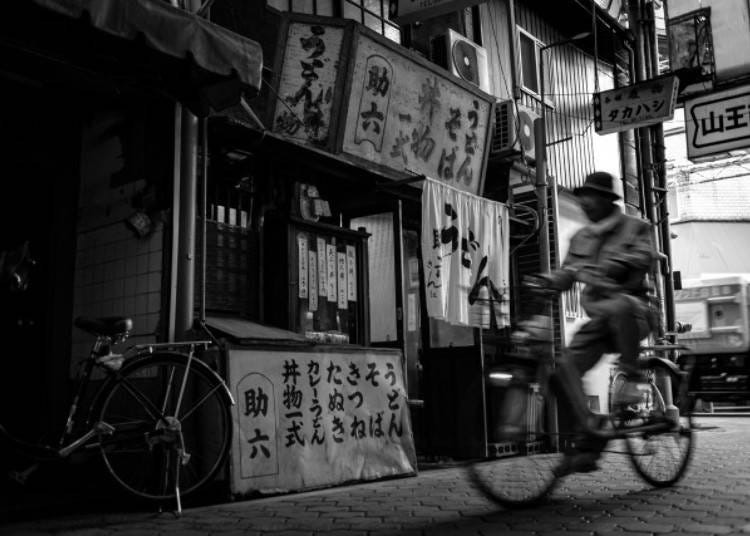
However, now that more international tourists are choosing to visit and stay in Nishinari, business owners from outside the neighbourhood are following the tourist yen, including a contingent from China who are opening stores and proposing to create an “Osaka Chinatown“. Big companies are also seeing potential opportunities in the neighbourhood, with upmarket hotel chain Hoshino Resorts set to open a new hotel in Nishinari in 2022.
While positive changes have been made in the area, as businesses continue to show an increasing interest in capitalising on Nishinari’s appeal with foreign tourists, the neighbourhood is now beginning to lose some of the rough edges that made it so appealing to visitors in the first place. While that’s not necessarily a bad thing, the fact that land prices are already rising has created concerns that local residents, many of whom are welfare recipients, will struggle to cope with the changes.
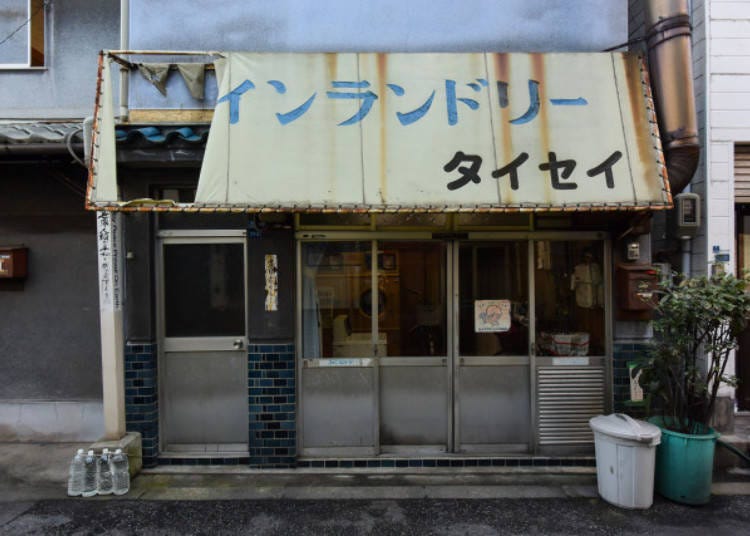
Established businesses, such as clothing stores and restaurants, who are known for their dirt-cheap prices, are also under threat as bigger businesses continue to move into the neighbourhood. And though some new businesses are making strides to work with the local community by offering employment to some individuals, the number of disadvantaged people looking for work in the area still sadly outweighs the number of jobs available to them.
While nobody can deny that less homelessness, unemployment and crime in the area is ultimately a good thing, Nishinari still has a way to go before it becomes a neighbourhood that Japanese families feel safe to visit or live in. Yet, as big businesses open up in the area, and Osaka’s “slum theme park” gradually takes on a different look, whether or not it will still hold an appeal with visiting tourists is yet to be seen.
If economic changes in the area are too sudden, the established community will be most at risk, so there are hopes that the revitalisation of the area proceeds at a pace that’s gradual enough to lessen any financial and mental blow for the area’s most vulnerable residents.
What the future holds for Nishinari remains uncertain, but if global coffee house giant Starbucks ever sets up shop in the neighbourhood, it’ll be a sign that gentrification has well and truly arrived. Which means locals will be saying sayonara to coffee shops stuck in time like this dusty old one in the area for good.
Source: Diamond Online via Jin
Top image: Flickr/titanium22
Insert images: Flickr/titanium22 (1, 2, 3,) Flickr/m-louis.
Related Articles
*Prices and options mentioned are subject to change.
*Unless stated otherwise, all prices include tax.
Limited time offer: 10% discount coupons available now!
Recommended places for you
-
Goods

Yoshida Gennojo-Roho Kyoto Buddhist Altars
Gift Shops
Nijo Castle, Kyoto Imperial Palace
-
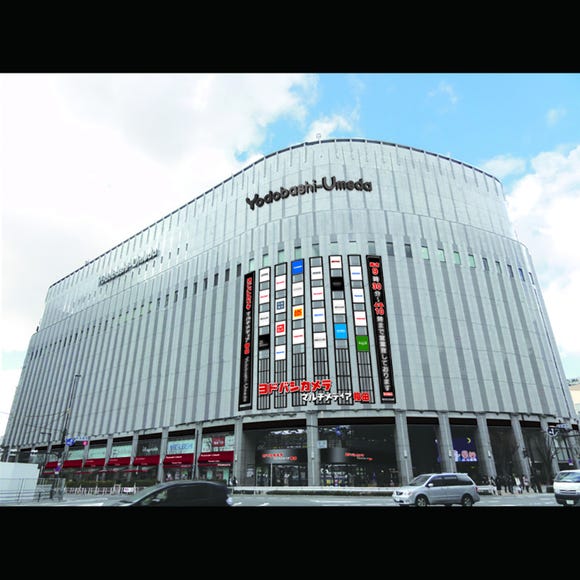
Yodobashi Camera Multimedia Umeda Store
Shopping Malls
Umeda, Osaka Station, Kitashinchi
-
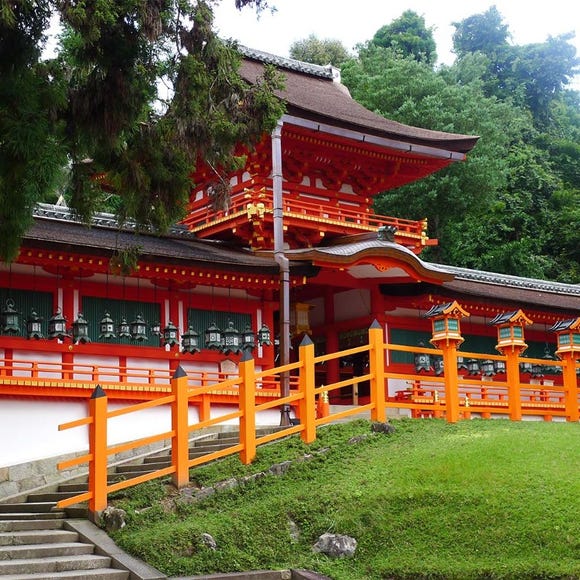
Kasuga-taisha Shrine
Shrines
Nara, Ikoma, Tenri
-

Kamesushi Sohonten
Sushi
Umeda, Osaka Station, Kitashinchi
-

Jukuseiniku-to Namamottsuarera Nikubaru Italian Nikutaria Sannomiya
Izakaya
Kobe, Sannomiya, Kitano
-
Menu

ISHIDAYA Hanare
Yakiniku
Kobe, Sannomiya, Kitano
-
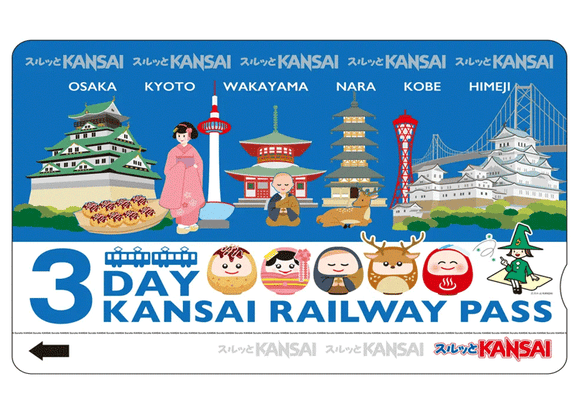
Everything You Need to Know About the Kansai Railway Pass
-
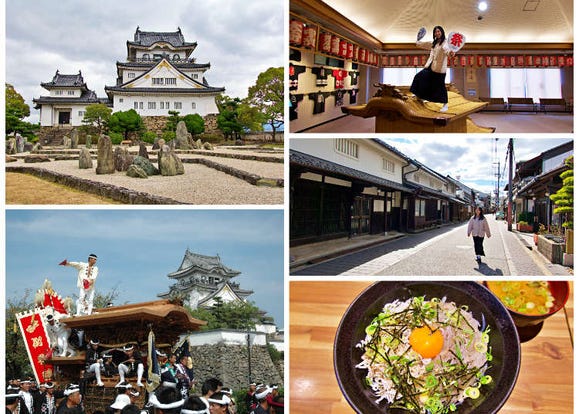
Sightseeing Guide to Kishiwada (Osaka): Danjiri Festival, Kishiwada Castle, and Other Fun Things to Do
-
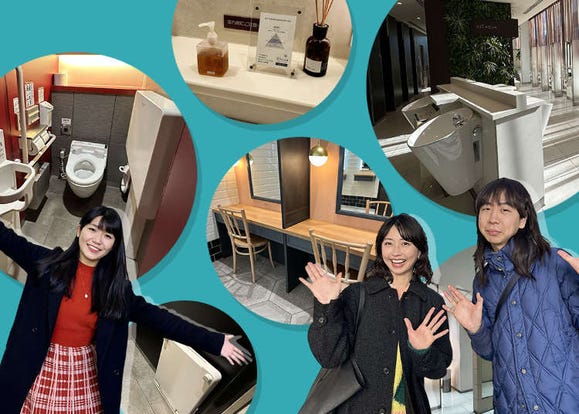
Comfy Toilet Map for Osaka Station: Can You Get Around with a Stroller? Are There Clean Powder Rooms?
-
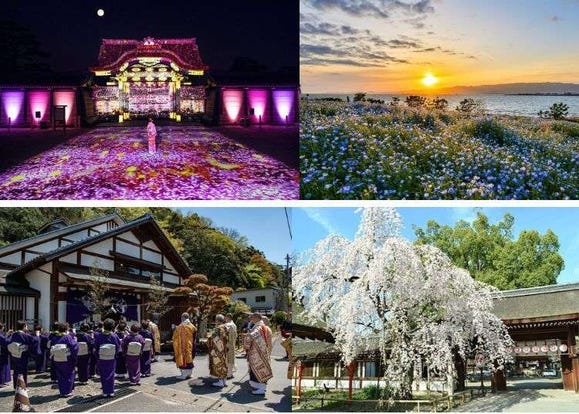
What to Do in Osaka & Kyoto in April 2024: Enjoy Japan's Exciting Spring Events
-
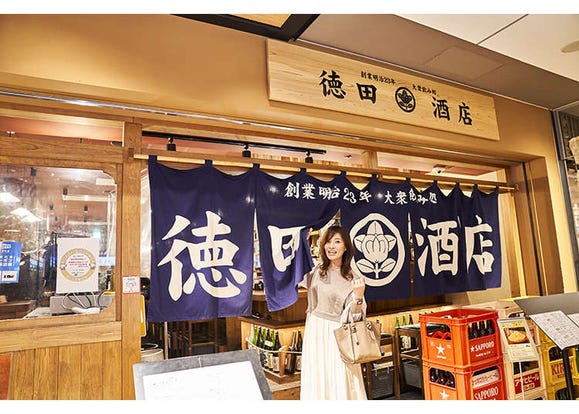
Enjoy the Enchanting World of Osaka Station City: Solo-Friendly Bar-Hopping!
-

Make the Most of 'Universal Cool Japan' (2024 Guide) - Detective Conan, Monster Hunter & More
-

What to Pack for Japan: 8 Essential Things for a Hassle-Free Trip
-

Legendary Sakura: Live Vicariously Through These Photos of Japan's Sakura Food Styling
-
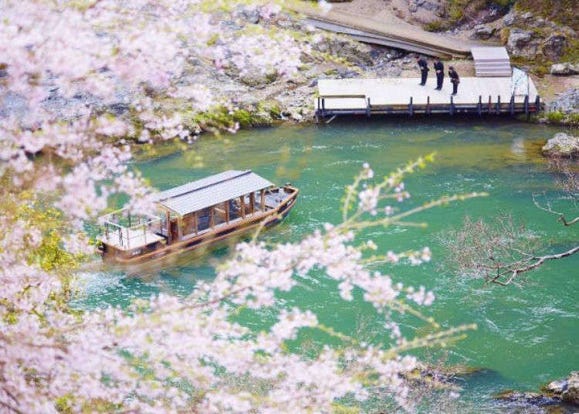
Hoshinoya Kyoto: This Incredible Japanese Hotel Welcomes You By Boat on a Sakura-Filled River
-

Visiting Nara's Hasedera Temple: This 'Temple of Flowers' Is Home to Stunning Statues!
-
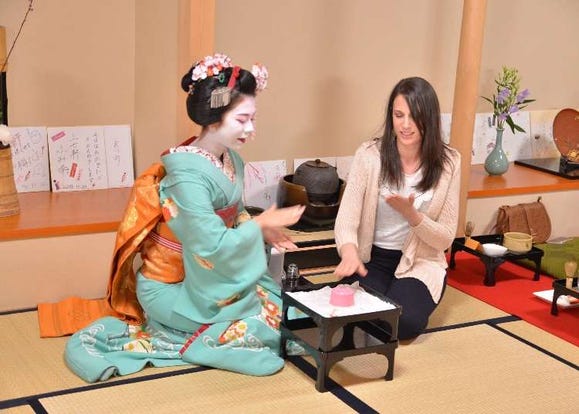
Sightseeing Highlights: Experience the Appeal of Kyoto Geisha Culture
-

Exploring the Timeless Beauty and Spiritual Significance of Nara's Popular Temples
- #best gourmet Osaka
- #things to do Osaka
- #what to do in kyoto
- #what to bring to japan
- #best gourmet Kyoto
- #new years in Osaka
- #what to buy in nanba
- #Visiting Osaka
- #onsen tattoo friendly arima
- #daiso
- #Visiting Kyoto
- #best japanese soft drinks
- #japanese fashion culture
- #japanese convenience store snacks
- #japanese nail trends













